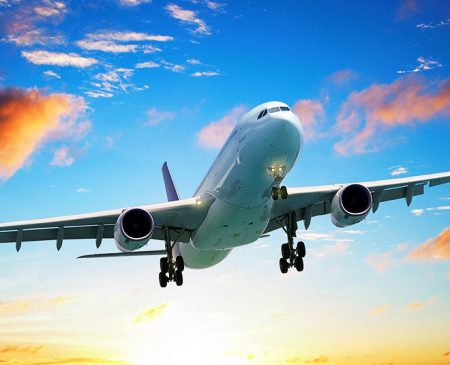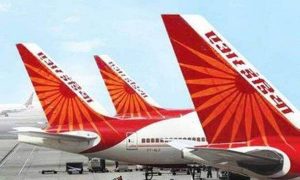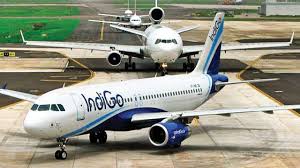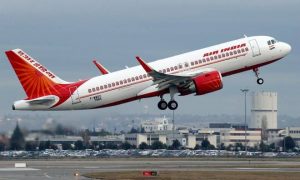The aviation watchdog has notified the revised rules, which will govern duty hours and rest periods for pilots, in the first month of 2024.
The Indian aviation regulator, Directorate General of Civil Aviation (DGCA), is adamant on implementing the new rules on pilot fatigue from June 1 and has rejected a request by airlines to postpone the norms.
The aviation watchdog has notified the revised rules, which will govern duty hours and rest periods for pilots, in the first month of 2024.
Read More: ‘Boycott this Chinese app’: MakeMyTrip faces boycott calls for providing bookings to Maldives
What are DGCA’s new rules on pilot fatigue?
According to the news rules, the weekly rest for pilots has gone up from 36 hours to 48 hours. These rules aim to mitigate fatigue by reducing night-time flying, which can adversely affect alertness levels due to disruptions in the circadian rhythm.
Previously, pilots were permitted to conduct up to six landings during night flights, a number now limited to two. Additionally, the night-time window for operations has been extended by one hour, now spanning from midnight to 6 a.m instead of the previous midnight to 5 a.m.
Furthermore, the maximum flight duty period for flights overlapping with night-time hours has been decreased from 10 hours to eight hours. Although pilots have generally welcomed these changes, their request for a prohibition on consecutive night duties went unheeded.
Pilots highlighted that conducting flights on consecutive nights without allowing time for the circadian rhythm to reset can be highly taxing. This prolonged exposure to night duties leads to the accrual of sleep debt and a subsequent rise in fatigue-induced impairment.
As per the International Air Transport Association’s (IATA) Fatigue Management Guide for airlines, the restoration of wakefulness and performance levels following the accumulation of sleep debt might require more than two nights of undisturbed sleep.
Read More: Dubai set to host world’s first flying taxi service with air taxi startup Joby Aviation
Why are the airlines opposed to new rules on pilot fatigue?
The Federation of Indian Airlines (FIA), representing Air India, IndiGo, and SpiceJet, in February penned a letter to DGCA, requesting a postponement of the June 1 implementation deadline. The FIA expressed concerns over the potential immediate and significant impacts on both business operations and customers. They highlighted the challenge of meeting the requirement to hire 15% to 25% more pilots within a timeframe of 8-10 months to release newly inducted pilots for flying duties.
Moreover, the FIA cautioned that failure to extend the deadline could lead to the cancellation of 15%-20% of flights across various airlines, including certain long-haul international flights. Despite these concerns, the DGCA has reaffirmed its commitment to adhere to the June 1 deadline.
The DGCA has mandated airlines to provide a quarterly analysis of pilot fatigue reports, accompanied by an action taken report. Additionally, it intends to implement a new fatigue management system called the Fatigue Risk Management System (FRMS). This system relies on data analysis to improve the monitoring and reporting of flight crew fatigue. However, pilots are concerned that the adoption of FRMS might lead to a reduction in the currently prescribed rest periods stipulated in the regulations.
Read More: Tips and Guidelines for Travelers, Choosing the Perfect Travel Insurance Plan: Royal Sundaram
Will new rules on pilot fatigue result in increased airfare?
FIA flagged that the new norms would have “immediate and significant impact on businesses and customers alike”. According to multiple media reports, the new rules by DGCA will require airlines to increase their pilot strength by 20% within three months or reduce the number of flights. It may be noted that the freshly recruited pilots will be required to undergo training to accumulate the required flight hours as first officers before advancing to the role of captains.
Additionally, for flights scheduled during late-night or early morning hours, airlines will necessitate a larger pool of pilots or accommodation arrangements for crew members in hotels for ove





































